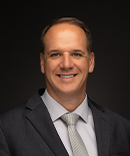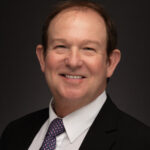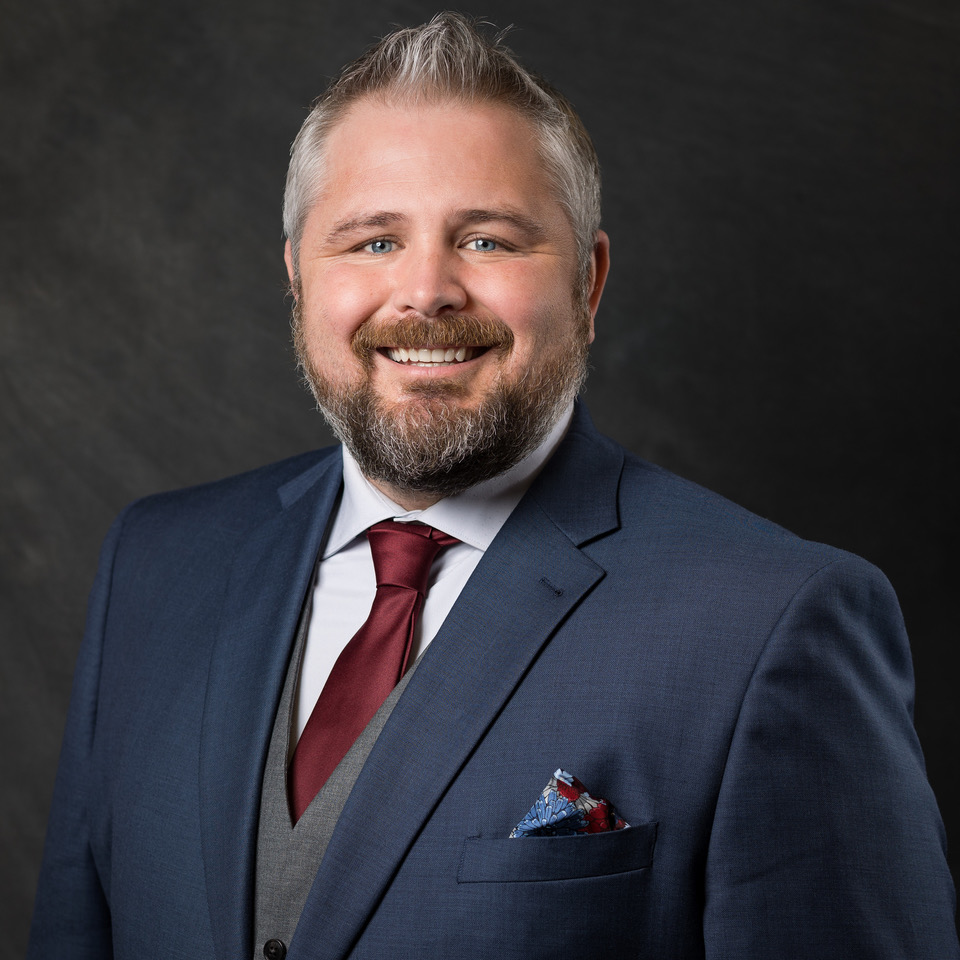By Mark Ziety, CFP®, AIF®, Financial Advisor, WisMed Financial
As the April 15 tax deadline approaches, physicians still have opportunities to adjust and improve their 2024 tax returns.
Contribute to a Health Savings Account
If you have a high-deductible health plan (HDHP), you may be eligible to contribute to a Health Savings Account (HSA). For 2024, the contribution limits are $4,150 for individuals and $8,300 for families. Contributions can be made until the tax filing deadline. Just remember to reduce your contribution by the amount your employer contributed. HSA contributions are tax-deductible, growth is tax deferred, and withdrawals used for qualified medical expenses are tax-free. This triple tax advantage makes HSAs a powerful tool for health care costs and reducing your tax burden. As a bonus, after age 65 you can use the HSA penalty free for non-health care spending too; you’ll just pay income tax on the withdrawals.
Max Out Your IRA Contributions
The IRS allows you to make contributions to your Individual Retirement Account (IRA) for the 2024 tax year until the filing deadline (April 15, 2025). If you haven’t hit the maximum contribution limits yet ($7,000 for those under 50 and $8,000 for those 50 and older or your earned income if less), this is a great way to reduce your taxable income while boosting your retirement savings. However, most physicians with access to employer retirement plans will find they cannot deduct the IRA contribution if their modified adjusted gross income (MAGI) exceeds $77,000 single or $123,000 married filing joint. If that’s your case, use the next strategy: the backdoor Roth IRA instead.
Backdoor Roth IRA Contributions
For higher-income earners, consider one of the most beneficial tax strategies: the backdoor Roth contribution. You can contribute to a traditional IRA by April 15 for 2024 (whether deductible or not) and then convert those funds to a Roth IRA. This move allows you to get money into a Roth IRA where your earnings will grow tax-free in the future. See the full Backdoor Roth IRA article for more.
Self-Employed Income? Max Your Retirement Contributions
If you’re self-employed or have 1099 income, you still have time to contribute to a SEP IRA or individual 401(k) for 2024. These plans allow for higher contribution limits compared to other retirement plans, and contributions are tax-deductible. You can contribute up to 25% of your income or $66,000 (whichever is less) into either plan, and the deadline to set up and contribute is the same as your tax filing deadline, including any extensions.
Contribute to a Wisconsin Edvest 529 Plan
Wisconsin taxpayers can deduct Edvest contributions up to $5,000 per beneficiary from their state income tax return. If you make the contribution for 2024 by April 15, 2025, be sure to request that Edvest code for last year. Tip! The tax deduction is per beneficiary and the beneficiary can be anyone in the family. Savvy savers open multiple accounts and name each member of the family as a beneficiary, including parents, to maximize the tax deduction. When the child is ready for college, simply change the beneficiary.
These last-minute moves, before filing your 2024 tax return, can help you reduce your tax bill and position yourself for financial success in the coming year. For personalized help eliminating debt, investing smart and securing retirement, please contact Mark Ziety, CFP®, AIF® 608.442.3750.
Mark Ziety, CFP®, AIF®
WisMed Financial, Inc. part of the Wisconsin Medical Society

Mark Ziety, CFP®, AIF®
Executive Director of WisMed Financial
Certified Financial Planner™ Professional
Reach out to me to learn more. You can contact me at mark.ziety@wismedfinancial.org or 608.442.3750.

Mark Ziety, CFP®, AIF®
Executive Director of WisMed Financial
Certified Financial Planner™ Professional
Reach out to me to learn more. You can contact me at mark.ziety@wismedfinancial.org or 608.442.3750.
Note: This article is for informational purposes only and should not be considered as financial or tax advice. Please consult with a qualified financial advisor or tax professional before making any financial decisions. Full disclosures.

















